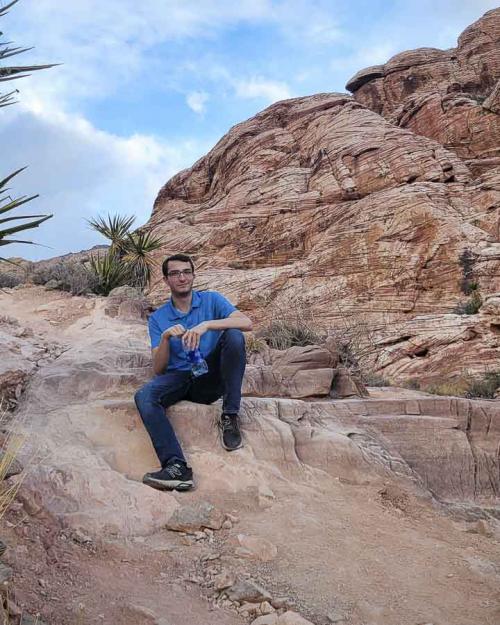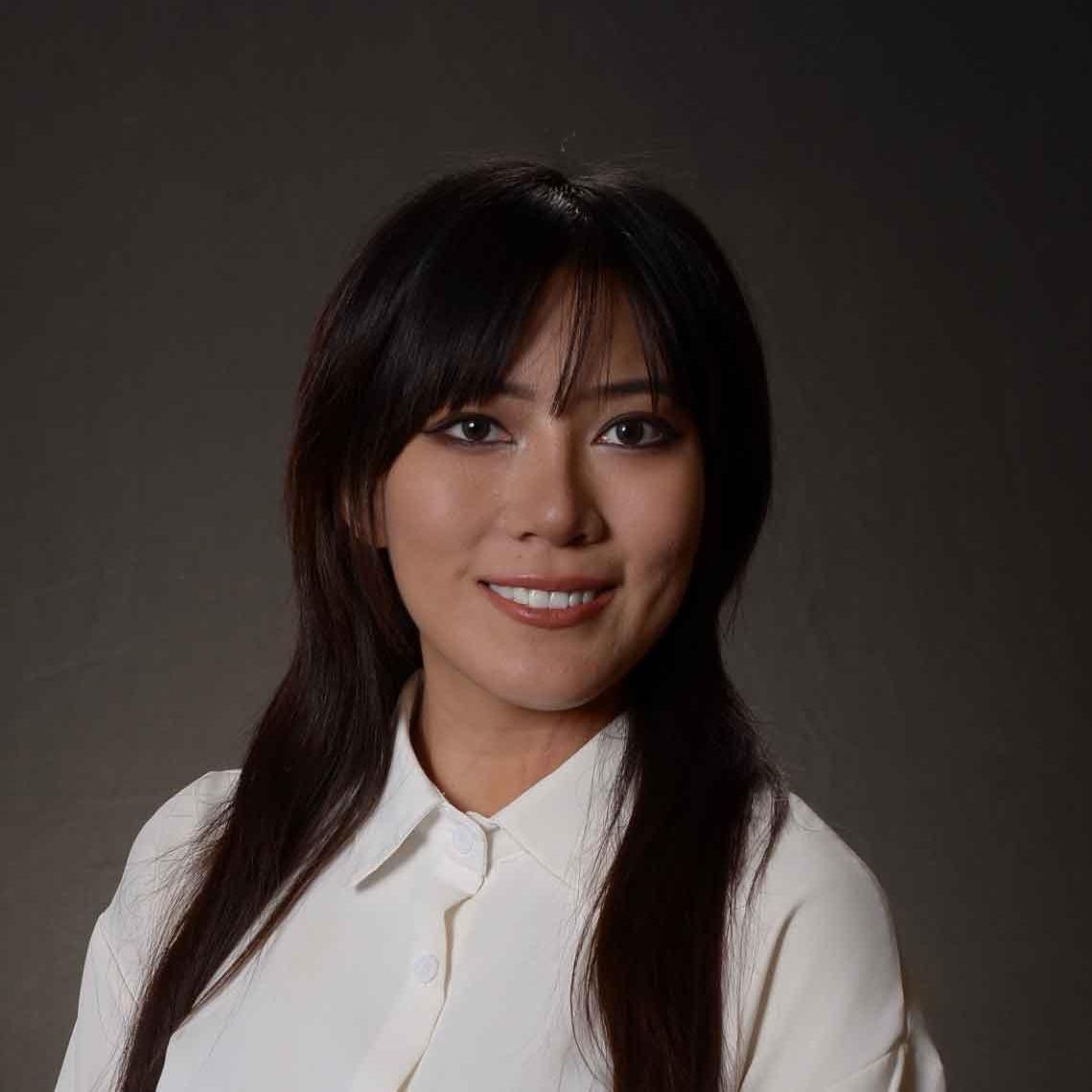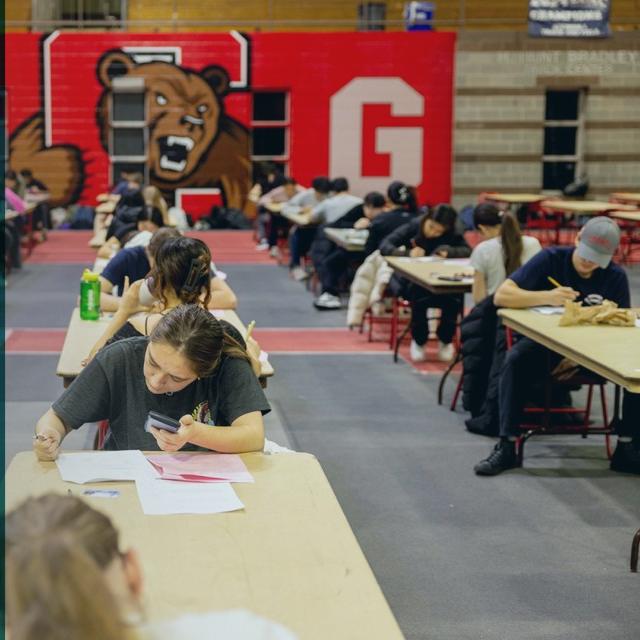Andrew DiFabbio
Physics & Mathematics
Brewster, N.Y.
Why did you choose Cornell?

Cornell has been host to a variety of discoveries and big names in my chosen field of physics, and it continues to be exceptional in that area. People like Kenneth Wilson, Richard Feynman, Freeman Dyson and Hans Bethe, number among the many great thinkers who have pushed the boundaries of physics at Cornell. This is not to mention Cornell’s excellence in experimental physics, having seen the discovery of such phenomena as superfluidity in 3He and hosting such facilities as the Cornell High Energy Synchrotron Source (CHESS) and the Cornell Center for Materials Research (CCMR), among others. As I see it, there is no better place for an undergraduate to study physics, including its many sub-disciplines.
What is your main extracurricular activity and why is it important to you?
I am a member of the Big Red Marching Band. As part of the clarinet section, I have marched during football games and other events for the past three years. Having been a part of my high school’s marching band, this was one of the things that drew me to Cornell in the first place. More than anything, I appreciate the people in the band, and particularly those in my section, as a community that I can be a part of.
What Cornell memory do you treasure the most?
During my freshman fall, when I took PHYS 1116 as my first physics course, I distinctly remember a bonus problem from the second problem set. It had to do with pursuit curves and described a scenario where one person chases another, with each moving according to the other’s position. Trying to solve the problem naively was very difficult, so the solution wasn’t immediately obvious. I remember going for a walk through the arts quad and looking up at the clock tower when it occurred to me that the problem admitted a simple geometric solution, and I went back to my dorm room on north campus to write it up. I could have chosen a number of different occasions like this, when a problem that seems impossible suddenly becomes trivial, but this was one of the first times I had that experience at Cornell, so I remember it fondly.

What have you accomplished as a Cornell student that you are most proud of?
I was involved in research under two different faculty members, Professor Rob Thorne and Professor Carl Franck. My work with Rob Thorne concerned cryogenic electron microscopy, particularly the method of single particle analysis. Cryo-EM seeks to resolve the structure of protein complexes, typically to around 3Å resolution, and allows observing them in conformational states more faithful to their natural environments than is achievable with techniques like protein crystallography. Under Carl Franck, my work involved developing code to process data from a coincidence experiment; I vastly improved the performance of our data reduction algorithm and, along the way, developed a numerical method to characterize the time resolution of the detectors involved. I developed a variety of skills from these experiences, including cryo-EM sample preparation and familiarity with several numerical techniques. It was incredibly rewarding to be involved in the scientific process and to tackle such difficult problems.
How have your beliefs or perspectives changed since you first arrived at Cornell?
On an intellectual level, I’ve always understood that sharing people’s company and perspectives is important for academia, just as it is in everyday life. However, my behavior didn’t always reflect this fact. In high school, it was fairly easy to be an island and work on everything alone; I’ve since realized the limits of this approach and understand the value in collaboration that simply can’t be achieved individually.
Every year, our faculty nominate graduating Arts & Sciences students to be featured as part of our Extraordinary Journeys series. Read more about the Class of 2024.






